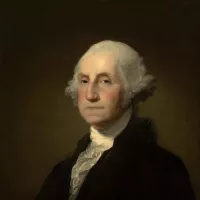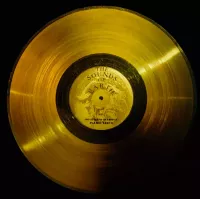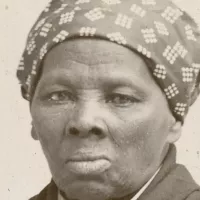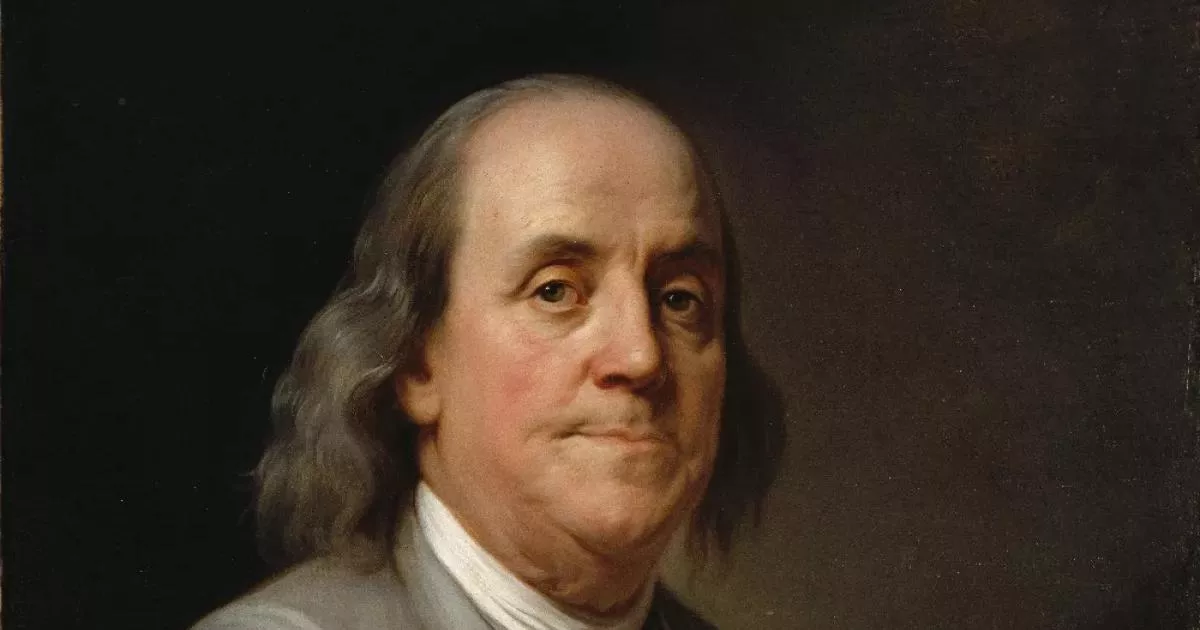Benjamin Franklin was a multi-talented American figure who excelled as a writer, scientist, inventor, statesman, diplomat, printer, publisher, and political philosopher. He was a leading intellectual of his time and is considered one of the Founding Fathers of the United States. Franklin was instrumental in drafting and signing the Declaration of Independence and served as the nation's first postmaster general.
1908: The Washington-Franklin Issues
The U.S. Post Office introduced the Washington-Franklin Issues, a series of postage stamps featuring images of George Washington and Benjamin Franklin. This series, spanning from 1908 to 1923, represents the longest run of any single series in U.S. postal history.
1914: First Appearance on the $100 Bill
Benjamin Franklin's image first appeared on the American $100 bill in 1914, marking the beginning of his long-standing presence on U.S. currency.
1917: Use of Franklin's Glass Harmonica in Richard Strauss's Opera
In 1917, composer Richard Strauss included Franklin's invention, the glass harmonica, in his opera "Die Frau ohne Schatten." This demonstrates the lasting impact of Franklin's innovations on the world of music.
1918: Appearance on Various $100 Bill Designs
Between 1914 and 1918, Franklin's likeness was featured on several different designs of the $100 bill, showcasing the evolution of U.S. currency during that period.
1923: Conclusion of the Washington-Franklin Issues
After 15 years, the Washington-Franklin Issues series of postage stamps concluded in 1923, marking the end of an era in U.S. postal design.
1940: Franklin's Philadelphia Trust Fund Supports Local Residents
From 1940 to 1990, Franklin's Philadelphia trust fund primarily provided mortgage loans to local residents, showcasing his commitment to supporting his community even after his death.
1948: Appearance on the Half-Dollar
From 1948 to 1963, Franklin's portrait graced the half-dollar coin, further solidifying his image in American culture and currency.
1956: Establishment of the Benjamin Franklin Medal
In 1956, the Royal Society of Arts established the Benjamin Franklin Medal to commemorate the 250th anniversary of his birth and the 200th anniversary of his membership in the RSA.
1963: End of Franklin's Time on the Half-Dollar
After 15 years, the use of Franklin's portrait on the half-dollar coin ended in 1963, marking a shift in U.S. currency design.
April 12, 1976: Dedication of the Benjamin Franklin National Memorial
On April 12, 1976, the Benjamin Franklin National Memorial, a 20-foot marble statue, was dedicated at the Franklin Institute in Philadelphia as part of the bicentennial celebrations, honoring Franklin's contributions to the nation.
1980: Rediscovery of Franklin's Gulf Stream Chart
In 1980, Phil Richardson, a Woods Hole oceanographer, discovered the original edition of Franklin's Gulf Stream chart in the Bibliothèque Nationale in Paris. This discovery was significant as the chart had been considered lost and it provided valuable insights into Franklin's scientific contributions.
1990: Use of Franklin's Philadelphia Trust Funds
By 1990, the accumulated funds from Franklin's Philadelphia trust were allocated towards scholarships for local high school students, demonstrating the long-lasting impact of his philanthropic efforts.
1998: Discovery of Remains at Benjamin Franklin House
In 1998, during the restoration of Benjamin Franklin's former residence at 36 Craven Street in London, the remains of six children and four adults were discovered. These findings are believed to be connected to William Hewson's anatomy school, which was located at the back of the house.
1999: Induction into the U.S. Chess Hall of Fame
Benjamin Franklin was inducted into the U.S. Chess Hall of Fame in 1999, recognizing his passion for and contributions to the game.
2021: Franklin's Bequest in Today's Dollars
In 2021, the value of Franklin's bequest of £1,000 to both Boston and Philadelphia in 1785 is equivalent to approximately $125,000, highlighting the significant impact of his generosity over time.
2023: Value of Franklin's Boston Trust Fund
In 2023, Franklin's Boston trust fund, which had reached almost $5,000,000, exemplified his lasting legacy and the significant growth of his initial investment.
Mentioned in this timeline

George Washington a Founding Father served as the first U...

Music is a cultural universal involving the arrangement of sound...

Philadelphia or Philly is Pennsylvania's most populous city and the...

Boston the capital and most populous city of Massachusetts is...

Chess also known as international or Western chess is a...

Opera a Western theatrical art form fundamentally integrates music with...
Trending

7 months ago Bridget Fonda's weight loss stuns after years away; spotted with Danny Elfman.
4 months ago Kyle Finnegan Attracts Cubs' Interest: Nationals' All-Star Closer on the Radar

9 months ago Lily Collins Shares Adorable Dance Party with Daughter Tove and Celebrates First Birthday as Mom.

9 months ago Jamie Foxx at 'Number One on the Call Sheet' premiere, addresses DEI rhetoric.

5 months ago Téa Leoni and Tim Daly Get Married After Years Together: Intimate Wedding

7 days ago Dick Vitale and Charles Barkley Team Up for College Basketball Broadcasts This Season
Popular
Matt and Ross Duffer known as the Duffer Brothers are...

Candace Owens is an American conservative political commentator and author...

XXXTentacion born Jahseh Dwayne Ricardo Onfroy was a controversial yet...

Ilhan Omar is an American politician currently serving as the...

Tom Cotton is an American politician and Army veteran currently...

Harriet Tubman was a pivotal American abolitionist and social activist...
